Sustainable Commercial Decking: Eco-Friendly Choices for Longevity
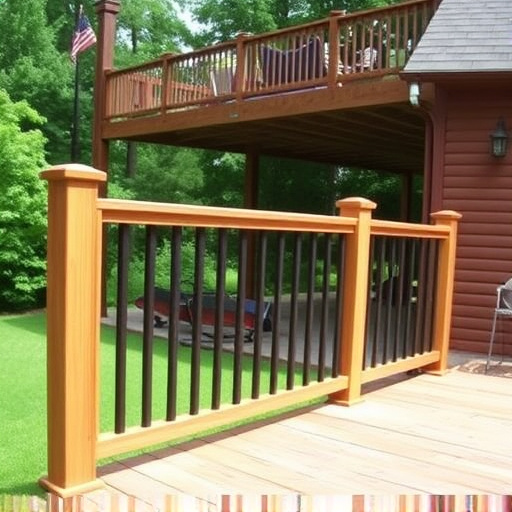
Commercial decking, while enhancing outdoor spaces, carries environmental consequences linked to def…….
Commercial decking, a revolutionary concept in urban planning and design, has emerged as a transformative force, reshaping the way we interact with our built environments. This comprehensive article delves into the multifaceted world of commercial decking, exploring its historical roots, global impact, economic implications, technological innovations, regulatory framework, and its enduring challenges. By examining these various facets, we aim to provide an in-depth understanding of this dynamic industry and its role in creating vibrant, functional urban spaces.
Definition: Commercial decking refers to the strategic utilization of elevated platforms or structures, typically made from durable materials like wood, metal, or composite substances, to create versatile outdoor spaces within urban settings. These decks serve both aesthetic and practical purposes, offering a range of activities and experiences for residents, workers, and visitors alike.
Core Components:
Historical Context: The concept of commercial decking has evolved over centuries, finding its roots in ancient civilizations where elevated platforms served as observatories, temples, or social gathering spaces. In modern times, the idea was further popularized by urban planners seeking to maximize limited urban space and create vibrant public areas. The mid-20th century saw a surge in deck construction as cities began to embrace open-air spaces for recreational and commercial activities.
Significance: Commercial decking offers numerous benefits:
The global impact of commercial decking is profound, with diverse regions adopting and adapting this concept to suit their unique needs and cultural contexts.
North America: Known for its innovative urban design, North American cities like New York, Los Angeles, and Toronto have embraced commercial decking as a key component of their cityscapes. From rooftop gardens and terraces to waterfront boardwalks, these structures cater to a range of activities, from casual dining to live performances.
Europe: European cities, such as Berlin, London, and Amsterdam, have led the way in integrating decking into historic urban landscapes. Historical buildings often feature modern decking solutions that preserve architectural heritage while offering contemporary uses, such as pop-up markets or outdoor art exhibitions.
Asia Pacific: Rapidly growing metropolitan areas like Singapore, Tokyo, and Sydney are utilizing commercial decking to address space constraints. Elevated platforms provide much-needed green spaces and recreational areas, contributing to the region’s reputation for innovative urban planning.
Trends Shaping the Future:
The economic implications of commercial decking are multifaceted, impacting various sectors and contributing to the overall health of urban economies.
Market Dynamics: The global market for commercial decking is experiencing steady growth, driven by factors such as urbanization, changing consumer preferences, and government initiatives promoting public space development. According to a recent report by Market Research Future (MRFR), the market size was valued at USD 12.5 billion in 2020 and is projected to reach USD 18.5 billion by 2027, growing at a CAGR of 6.5% during the forecast period.
Investment Patterns: Governments and private investors alike are recognizing the potential of commercial decking as a valuable asset. Investment opportunities span across construction, real estate development, hospitality, and entertainment sectors, creating a ripple effect of economic benefits. For instance, a well-designed rooftop deck can increase the value of adjacent properties and attract businesses seeking unique locations.
Impact on Local Economies: Commercial decking projects have the potential to:
Technological innovations are playing a pivotal role in shaping the future of commercial decking, improving functionality, sustainability, and overall user experiences.
Smart Materials: Advanced composite materials offer enhanced durability, corrosion resistance, and lightweight properties, reducing maintenance costs and environmental impact. For example, fiber-reinforced polymers can withstand extreme weather conditions and provide long-lasting performance.
Automated Systems:
Digital Integration:
3D Printing and Rapid Prototyping: This innovative manufacturing process allows for the creation of custom deck components, such as unique handrails or artistic features, reducing lead times and costs.
The development and management of commercial decking are subject to various policies, regulations, and legislative frameworks that ensure safety, sustainability, and community well-being.
Building Codes: Local building codes govern structural integrity, material specifications, and construction practices, ensuring that decks meet minimum safety standards. These codes often dictate load-bearing capacities, spacing requirements for joists, and fire safety measures.
Zoning Regulations: Zoning laws play a crucial role in determining the appropriate use of land, including restrictions on height, density, and permitted activities. Commercial decking projects must adhere to zoning regulations to ensure compliance with local planning objectives.
Environmental Policies:
Safety Guidelines:
Despite its numerous advantages, commercial decking faces several challenges that require strategic solutions to ensure its long-term success and acceptance.
Main Challenges:
Strategic Solutions:
Exploring successful commercial decking projects offers valuable insights into effective design, planning, and community engagement strategies.
Case Study 1: The High Line, New York City
This iconic urban transformation project turned a former elevated rail line into a vibrant public park, attracting millions of visitors annually. The High Line showcases several key aspects of successful decking:
Case Study 2: Skydeck Chicago, Illinois
Located on the 103rd floor of the Willis Tower, Skydeck offers breathtaking views of Chicago’s skyline. It is an excellent example of how decking can enhance tourism and create memorable experiences:
Case Study 3: Rooftop Gardens in Singapore
Singapore’s urban landscape is dotted with rooftop gardens that serve both aesthetic and functional purposes, showcasing the city-state’s commitment to green spaces and sustainable development.
The future of commercial decking is filled with promising possibilities, driven by technological advancements, shifting cultural preferences, and a growing emphasis on sustainability.
Potential Growth Areas:
Emerging Trends:
Strategic Considerations:
Commercial decking represents a powerful tool for urban planners, architects, and developers to transform underutilized spaces into vibrant, functional, and aesthetically pleasing public areas. Its global impact is evident in the diverse ways it has been embraced and adapted across various regions, each contributing unique cultural and environmental contexts.
As technology advances and sustainability becomes a paramount focus, commercial decking will continue to evolve, offering new opportunities for innovation, community engagement, and economic development. By addressing challenges through creative solutions and fostering public-private partnerships, we can ensure that these urban spaces not only meet current demands but also inspire future generations.
The case studies presented in this report highlight successful initiatives that demonstrate the potential of commercial decking to enhance quality of life, promote cultural exchange, and contribute to sustainable urban development. As we look ahead, the future of decking promises exciting possibilities for shaping resilient, inclusive, and visually captivating cities worldwide.

Commercial decking, while enhancing outdoor spaces, carries environmental consequences linked to def…….
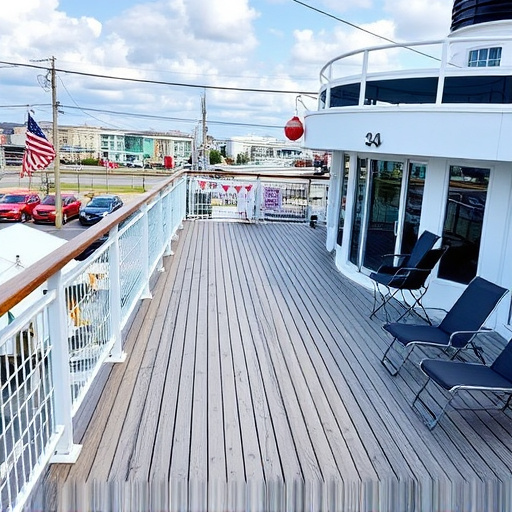
Businesses in urban areas are transforming outdoor spaces with modern commercial decking solutions,…….
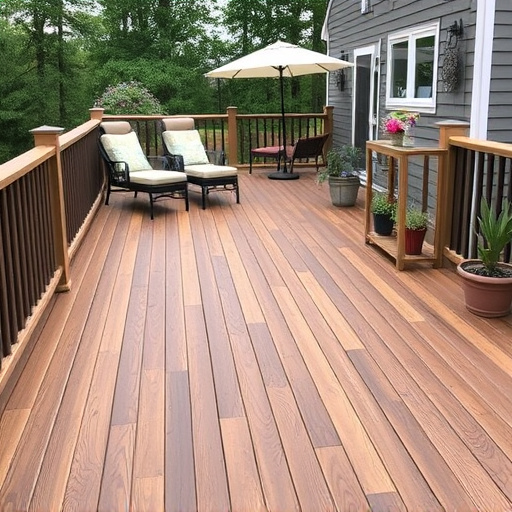
When planning commercial decking, consider material choices like wood, composites, and recycled opti…….
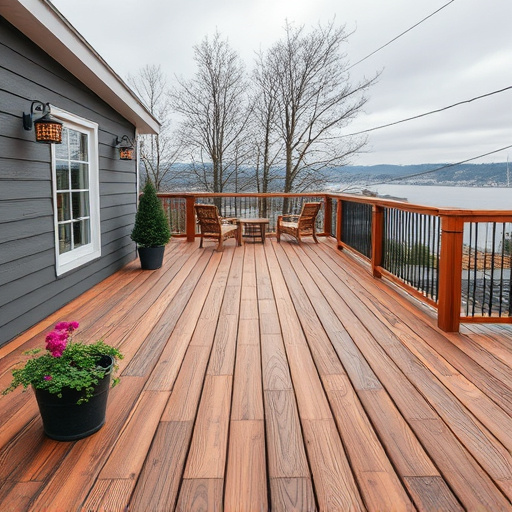
Commercial decking transforms public spaces into vibrant hubs with durable, aesthetically pleasing s…….
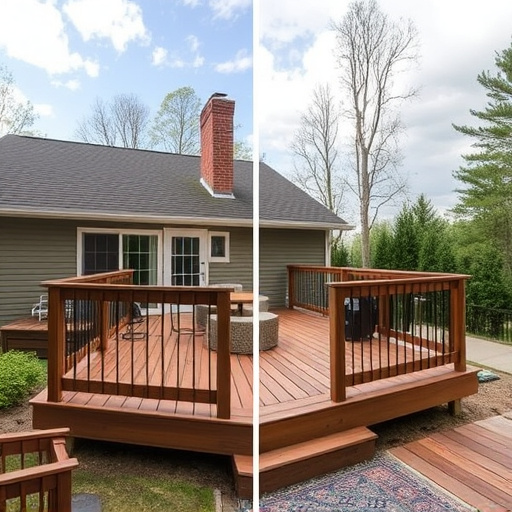
Budget-conscious businesses can opt for durable and low-maintenance solutions like composite decking…….
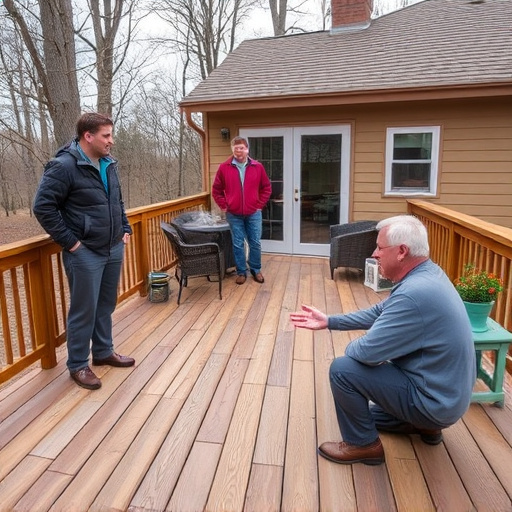
Prioritizing safety and ease of cleaning in commercial decking design is key. Slip-resistant materia…….
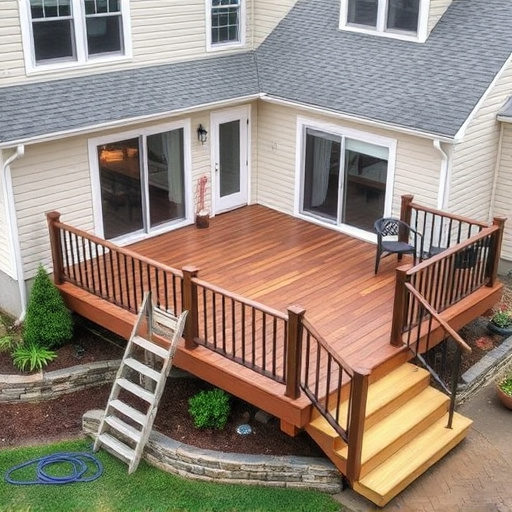
Designing commercial decking for high traffic demands durable, weather-resistant composite materials…….
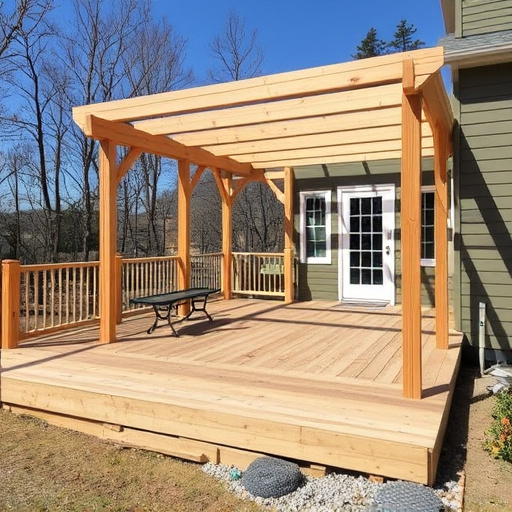
Commercial decking finishes protect surfaces from environmental damage and heavy use. High-quality U…….
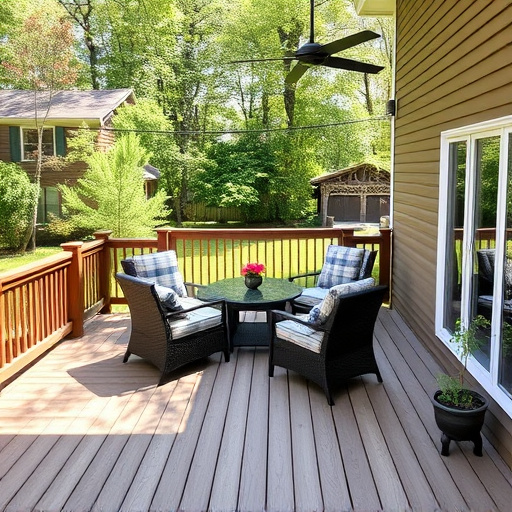
Strategic lighting design transforms commercial decking into vibrant night destinations, balancing a…….
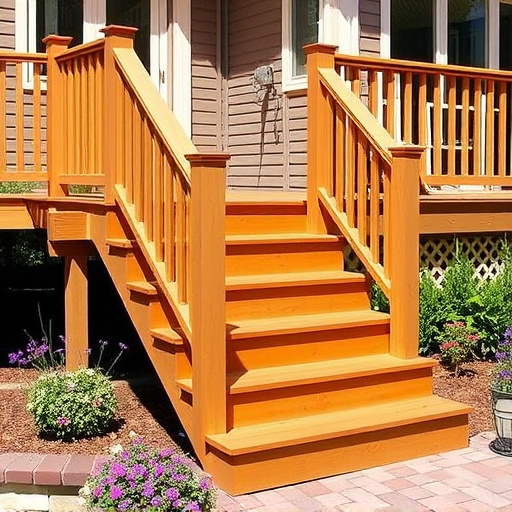
Commercial decking designed to ADA regulations is crucial for safe, accessible public spaces. Requir…….